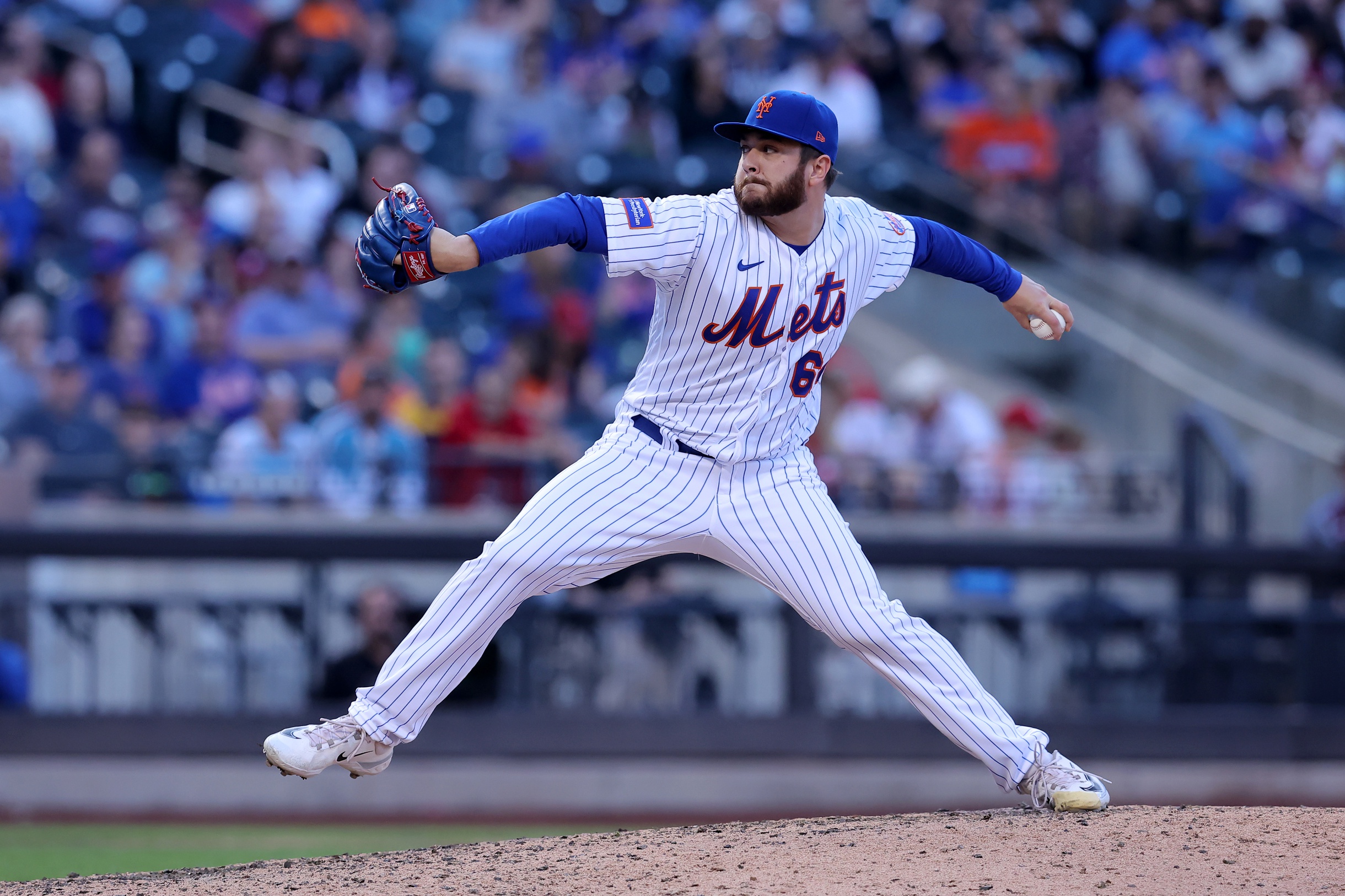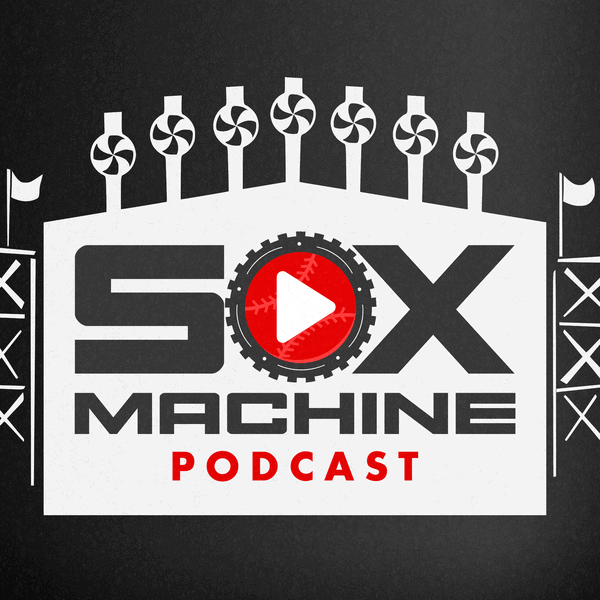CINCINNATI -- It's accepted that any and all work conditions are on the table in a major league bullpen, but midway through Wednesday night's 4-2 victory over the Reds, rookie Rule 5 pick Mike Vasil maybe hadn't quite visualized the ninth inning yet.
"It's funny, I think I was telling our bullpen coach in the fifth inning tonight, we were talking about my last high school save," Vasil said postgame. "I knew I was available to pitch today. I didn't know in what role. I've thrown the longer relief roles. I've thrown an inning or two here or there. But I did not have it in the cards that I was going to go in the ninth tonight. But at the same time it's my job to be ready for whatever. So when that phone rings you gotta be ready one way or another."
To whatever degree a bullpen that has three saves in 10 opportunities has a working order to it, Vasil's usage fit the template more than it would initially appear. The bottom of the Reds order was due up, with backup catcher Austin Wynns leading off because he had already entered the game as a defensive replacement.
Will Benson was the only lefty Vasil would have to face within the first three hitters, and he walked him on four pitches before retiring the right-handed No. 8 and No. 9 hitters in Cincinnati's order to lock down his first career save. As it turns out, talking in terms of "pockets" for relievers is not just a Pedro Grifol-ism, but a concept as relevant to White Sox relievers as ever. It's certainly more relevant than expecting to be used in a certain inning.
"We kind of get a feel for what's our spot," said Jordan Leasure, who got the last out of the seventh on Wednesday after pitching the eighth on Tuesday. "If there's a pocket of lefty hitters coming up, one of the lefties is probably going to go in. But I may need to be ready to go in the next inning, or be ready if it extends. From the third inning on we're all getting up, moving around, getting ready to go in. It's about the matchups."
But it's not like the very top hierarchy is a complete mystery either, especially after the past week, where the preference for Leasure, Steven Wilson and Cam Booser for later leverage spots became a bit more clear.
"We love that those guys think along with the game and are prepared and understand where they might be used," Will Venable said. "We talk about it in our game planning meeting before every game. If we’re going to ask somebody to pitch in a role or spot in a game that’s outside where they might normally, we’ll give them a heads-up. If it’s Cam Booser and we might use him in the fifth inning, we’ll give him a heads-up."
Vasil didn't seem like he got the biggest heads-up, but maybe it would have only made him more keyed-up than he already was.
"The ninth inning is definitely a roller coaster of emotions," Vasil said. "It's a lot of fun. But whatever they ask me to do, I'll do regardless."
"Not necessarily," Venable said when asked if Vasil getting the save was the original plan. "But we like Mike. He's done a great job for us. We trust him back there, and how these games unfold, you know, you've got to do what you've got to do."
⚙️⚙️⚙️
There are some moments of watching clips of Andrew Vaughn, comparing his more slug-filled start to May (.245/.259/.453) to his bad-as-it-gets first five weeks (.162/.203/.270), where it looks like he's starting his initial move with his front foot a hair earlier in the opposing pitcher's delivery. Other times where maybe his bat angle is taking on a different look throughout his loading process.
But the margin between a veteran hitter making a small but not seismic tweak in response to poor results, and simple human variation can get pretty thin this time of year.
"I changed some things, working with Marcus [Thames]" Vaughn said. "It always helps to have someone you've been around, knows your swing, has seen you and understands what you need to do to get right. Sometimes you're missing something."
Vaughn is not the type to exhaustively detail his mechanics and there's nothing jumping off the screen about his alterations. He will however readily acknowledge there's work to be done in his pitch selection, as evidenced by an 13-to-1 strikeout-to-walk ratio in May that will ensure another streaky season if it persists. With that in mind, and after so many assurances that his hard-hit rate and exit velocity suggested what he mainly needed was a heaping helping of regression, is that mainly all that's taken place as he run into more power of recent?
"You and me talked about it: I was hitting the ball hard, finding zero holes and the batting average on balls in play was very low," said Vaughn, who had a .185 BABIP in April. "When I was hitting the ball hard and not getting any results, I just had to keep telling myself, 'You're doing the right thing, take the positive from the negative.'"
As many passionate readers have suggested, the power surge that has lifted Vaughn over a .700 OPS for the month so far lined up with the news of Tim Elko's promotion. But even healthy competition would be more aggressive than Venable is trying to consider their pairing as a first base/designation hitter rotation.
"You'd have to ask [Vaughn] if that's a feeling that he has, but that's not how we look at it or how we view it," said Venable, who talked to Vaughn in advance of Elko's arrival before he arrived about the roles they would both have.
With injures to Andrew Benintendi, Mike Tauchman and Austin Slater, the pair have split first base/designated hitter opportunities fairly evenly so far, and Vaughn has praised Elko's arrival as "a boost for all of us."
"We're just trying to play together as a team and put runs on the board and win some games," Elko said.
⚙️⚙️⚙️
With 22 strikeouts in15 ⅓ innings of work, the main blot upon Leasure's performance this season is four home runs allowed, ballooning his ERA to 4.11 with his FIP a run higher.
The right-hander's high arm slot gives him a steeper approach angle, which helps opposing hitters stay on plane with his riding fastballs a bit better than his raw ingredients would suggest. Still, the last two homers allowed by Leasure, even if they both caught too much of the middle, are more or less what anyone would as a guy who throws a high-90s fastball with elite levels of inverted vertical break to do.


"[Luis] Urias, tip your cap, I can't ask for him to make a better pitch than that," said pitching coach Ethan Katz. "That's his strength and he beat him to his strength. It was 99 mph at the top. And then [Yanier] Díaz, he got it. It's a 3-2 count, nobody on base, two outs. He fouled off three-straight sliders. He saw seven out of eight sliders, here comes a fastball and he hit it. It's a free-swinging hitter and he ran into a fastball. We're going to execute and we're going to get beat, and that's the life of a reliever."
But in the face of life's inevitable pain and injustice, Katz and Leasure have added a running version of his fastball, which is more or less the same shape except for the added horizontal movement. It's not the ideal pitch in most respects, because the purely vertical nature of Leasure's four-seamer is one of its strengths, but this reflects a modern reality where every pitcher wants the ability to at least flash two different versions of their fastball to ward hitters off their primary weapon.
Speaking to Leasure, the running fastball resides more in the bucket with his developing splitter, which is a tertiary offering with long-term potential that remains a work in progress. A real preview of what he might actually turn to in the biggest moments would be the way he discusses his slider, which he feels in better position to execute now that he's free of last season's shoulder impingement issues.
"With the way my arm is working this year and body, I'm just feeling confident that I can throw that in any count and be able to get it in the zone, but also out of the zone with consistent action. That helps a lot," Leasure said.






